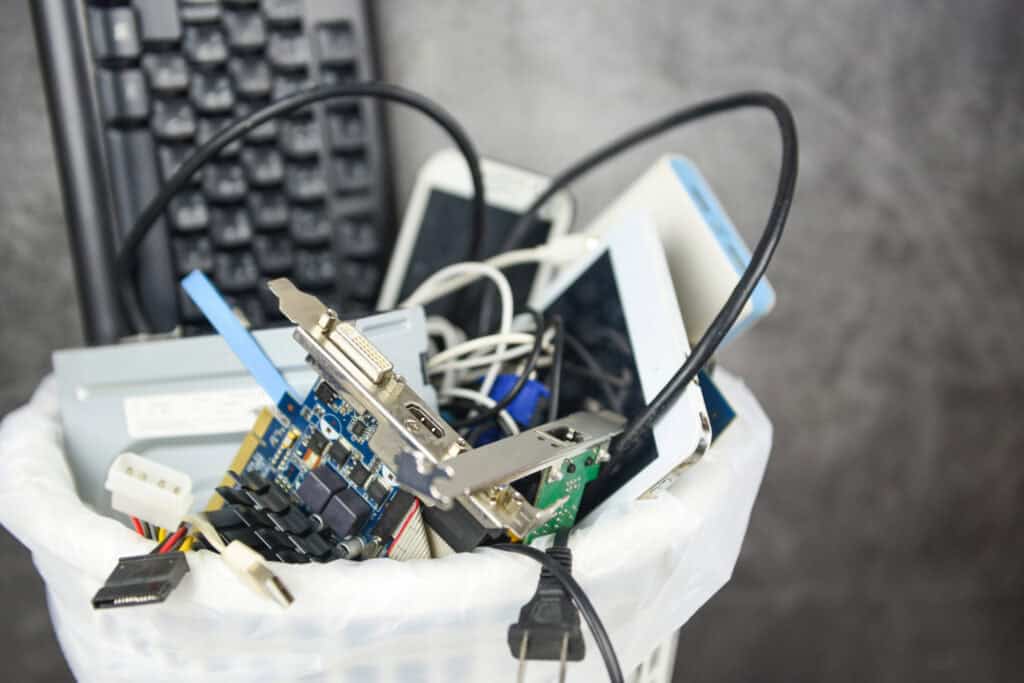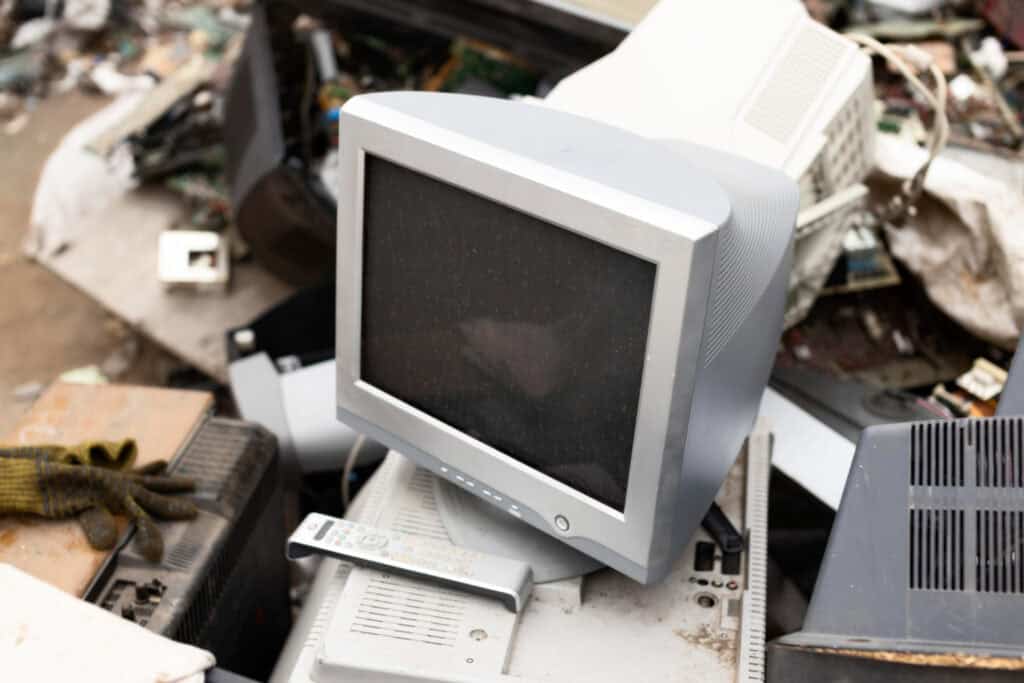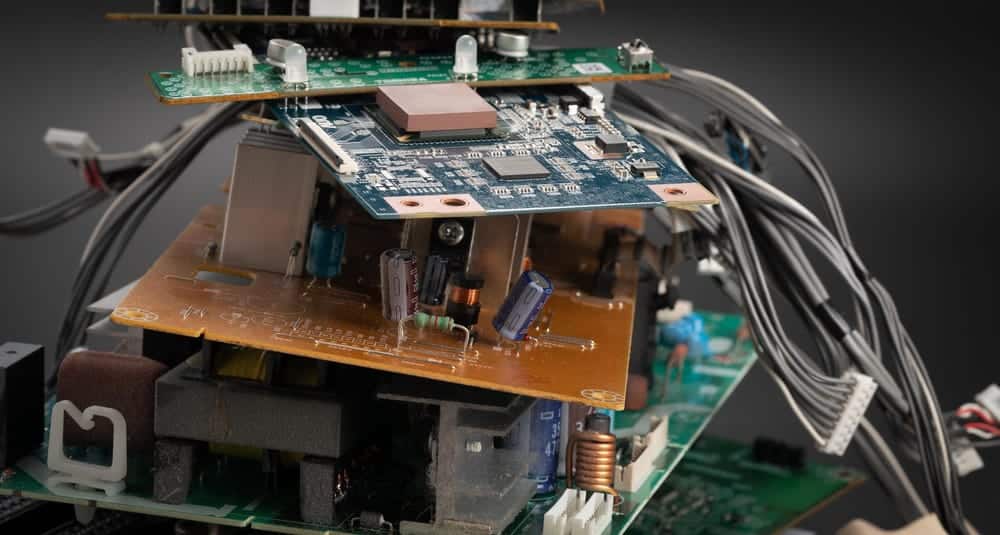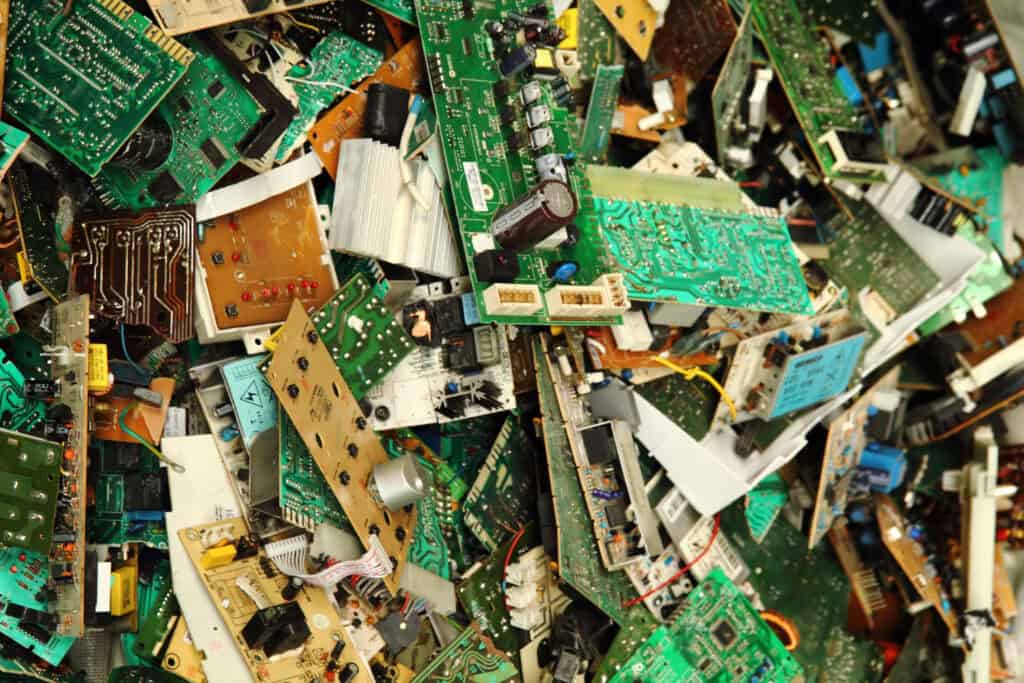Data destruction might seem like a small part of handling electronic waste, but it’s a big deal for protecting sensitive information. Many businesses understand that simply deleting files is not enough for true security. Proper data destruction means ensuring that all traces of data are completely erased, preventing any chance of it falling into the wrong hands. When it’s done right, it gives businesses peace of mind, knowing their private information won’t lead to security breaches or financial loss.
However, spotting the warning signs that your data isn’t being destroyed properly can be tricky. Many organizations are unaware that their data disposal methods might leave them vulnerable. It’s easy to overlook subtle hints that your data might not be as secure as you think. Let’s explore some common signs that your data might not be getting destroyed the way it should be.
Outdated and Inconsistent Data Destruction Policies
One key sign that data isn’t being destroyed effectively lies in how up-to-date and consistent your data destruction policies are. If your company’s policies haven’t been reviewed or updated in a while, there’s a chance they’re inadequate to handle current challenges. Technology evolves rapidly, and so do methods for accessing previously thought “erased” data. Outdated policies might miss these new threats, leaving your information exposed.
Having inconsistent destruction policies across departments can also present risks. For instance, one department might be using a secure method, while another is dumping old hard drives in the storage closet. To ensure all sensitive data is handled properly, make consistency a priority by standardizing procedures company-wide. Set a regular review schedule for these policies, perhaps annually or bi-annually, so they stay relevant. Here’s what you can do to keep policies fresh and consistent:
– Regular policy reviews and updates
– Company-wide standardization for data destruction
– Ongoing training for employees on current best practices
Lack of Certification from Data Destruction Vendors
If you rely on external vendors for data destruction, the next step is checking their qualifications. A lack of proper certification or accreditations might indicate that the vendor doesn’t prioritize secure data destruction practices. Certified vendors follow industry standards and regulations, providing a crucial layer of security. If your current vendor isn’t certified, it might be time to reconsider your options.
When looking for a reliable service, certifications such as NAID (National Association for Information Destruction) can be a useful indicator. These certifications assure that the vendor has rigorous processes to protect your data. Make sure to ask vendors to provide documentation proving they meet industry standards. It’s also a good practice to visit their facility or request a demonstration of their destruction methods for transparency and assurance.
Physical Evidence of Data Remnants
Another sign that data isn’t being destroyed properly is the presence of physical remnants from data storage devices. Imagine coming across old hard drives or data tapes that are partially intact. This kind of oversight is pretty telling. If you can still see pieces of these devices, there’s a chance someone with a little technical know-how might recover sensitive data from them. Inadequate destruction can leave fragments of data behind, waiting to be discovered.
Proper data destruction means making sure that no traces remain. When devices are correctly processed, they should be completely dismantled or shredded to prevent any data recovery. Check your storage areas for leftover parts of old hard drives, CDs, or any other storage media. If remnants are visible, it’s a cue to evaluate the methods being used and switch to more comprehensive destruction techniques. For added safety, you might consider logging and tracking the lifecycle of each device to ensure nothing falls through the cracks.
Increased Incidents of Data Breaches
Have you noticed a rise in data breaches within your organization? This could signal that your data isn’t being destroyed as securely as assumed. When data remains on old devices, it can lead to unauthorized access. Even a single breach can have serious consequences, from financial losses to reputational damage.
Data breaches often occur when sensitive information is not completely erased from decommissioned equipment. Without robust destruction plans, the chances of data being stolen or misused grow significantly. Businesses can face hefty fines and legal action if breaches expose customer or proprietary information. To combat this, regularly audit your data destruction process, ensuring every step from device collection to final disposal is airtight.
Complaints or Warnings from Auditors or Regulatory Bodies
Getting feedback from audits or regulatory checks can be a wake-up call. If auditors point out flaws or issue warnings about data handling processes, it’s a clear sign improvements are needed quickly. These examinations are designed to ensure data management practices align with legal and regulatory standards. Ignoring such feedback can lead to serious repercussions down the line.
Reacting to these insights involves reviewing your data destruction processes thoroughly. Consult with experts if needed, and implement any recommended changes to beef up your security measures. Staying proactive when receiving such warnings not only shields your business from potential fines but also boosts your data safety.
Summing It All Up
Data destruction may seem routine, but mishandling it can pose substantial risks. Keeping an eye out for these warning signs helps you maintain a more secure environment. It’s crucial to regularly update your policies and ensure consistency in your procedures.
The cost of inadequate data destruction can be high, but by staying vigilant and being proactive, businesses safeguard themselves against potentially dangerous breaches. Dedicate resources to thorough training, regular audits, and continuous improvement of your data destruction strategies. Such commitment will serve as a protective shield, securing your sensitive information while maintaining trust with clients and partners.
To ensure your company remains secure and compliant, explore how ReWorx Recycling can assist with secure data destruction. Our comprehensive services guarantee that all data remnants are handled carefully, reducing your risk of breaches. Learn more about our approach to responsible data management by visiting our secure data destruction page.




















